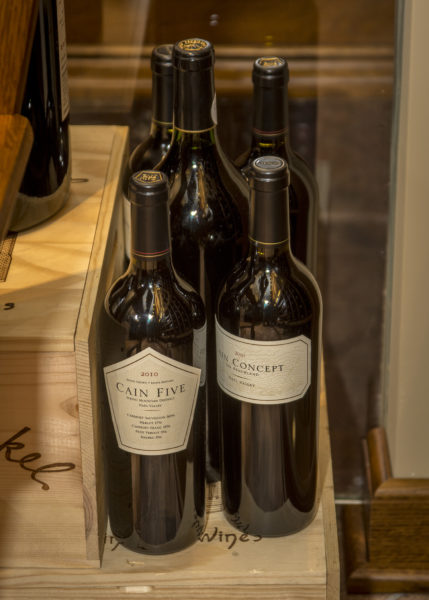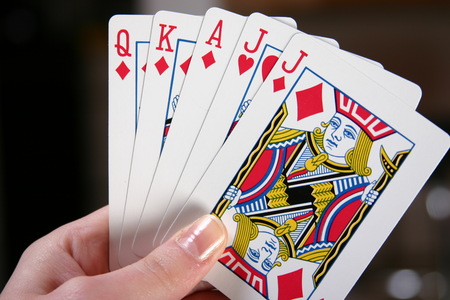Clubs Within a Club
How Interest-Based Clubs Can Enhance the Member Experience
In today’s hectic world, private clubs are always striving to provide greater value to their members. The social realm of the club must extend beyond the lush green of the golf course and into the interests of diverse memberships. Building a social environment that caters to the individual interests of each and every member not only allows them to enjoy their passions, but also bond over common hobbies.
When it comes to establishing a “club within a club,” the possibilities are endless. Before putting effort into creating one (or more), it is important to fully understand what your members love and what kind of clubs would spark their interests. Though each private club has its own unique membership that is passionate about different things, there are some clubs within a Club that regularly pass the membership test with flying colors…
Whether you choose to create one of the above or something entirely different, the ultimate goal is that you, your staff, and committees will establish internal clubs that catch the attention of your members. From there, it should be simple. Ensure that members feel comfortable pitching ideas for internal clubs to you and your team. When a handful of members express interest in starting a club, follow through and help them make it happen! If you have established a “club within a club” that fits your membership, they will eventually take the reins and guide the direction of the group themselves.
Leading By Example
Few private clubs utilize this principle better than the Union League of Chicago (ULCC), home to over 35 internal clubs and activity groups. Mark Tunney, General Manager of ULCC, believes that when it comes to “clubs within a club,” the payoff is well worth the price. “They allow members to expand their membership value and meet other people that they may never have bonded with otherwise,” he points out. In fact, ULCC further encourages these groups to thrive by hosting one or two activity fairs each year, providing clubs with an opportunity to promote themselves and potentially gain new participants.
But remember, these internal clubs take time, effort, and other resources to maintain. As the old saying goes: “You get out of it what you put into it.” The payoff may not necessarily show up on your P&L as a return on investment, but it will enhance your ROE: return on experience.
Adding Value
So how can you determine the success and value of “clubs within a club?” Skip Avery, former President of CMAA and industry veteran, warns against measuring the success of these groups quantitatively. “It is not about the numbers,” he points out, “It is about making members feel good about their club and ensuring the Club plays a relevant role in their lives.” After all, the more relevant a club is to its member’s lives, the more they will use the club and its facilities.
Tunney agrees with this sentiment, acknowledging that while low attendance can reflect low member interest, other factors may also be at work. “For certain events you might have a bad weather day or it might be up against another popular event,” he says. To avoid overlapping activities, ULCC keeps a master calendar handy and gives every event the chance to thrive in its own time slot. Tunney and his team also make sure that the entire membership is aware of events by posting ads around the club itself and giving the event its own listing in the club newsletter.
Getting Results
So if the numbers do in fact lie, how do you know if your club is a hit with the membership? Aside from keeping their ears to the ground and listening to the buzz around the club, Tunney and his team utilize new technologies to track group engagement. “Some activity groups have a LinkedIn or Facebook Page, so we can see every month how many people join and gauge interest that way,” says Tunney. Online groups also give these “clubs within a club” the opportunity to exist outside of clubhouse walls, increasing their role in the lives of members and creating additional value.
Despite the challenges involved in creating and maintaining internal clubs, having an active set of them dramatically increases the social value of club memberships. When it comes time for members to choose how to spend their free time, these activity groups – and the connections they make while participating in them – may be what ends up tipping the scales in your club’s favor.













Comments
0 Comment(s)
Show Comments